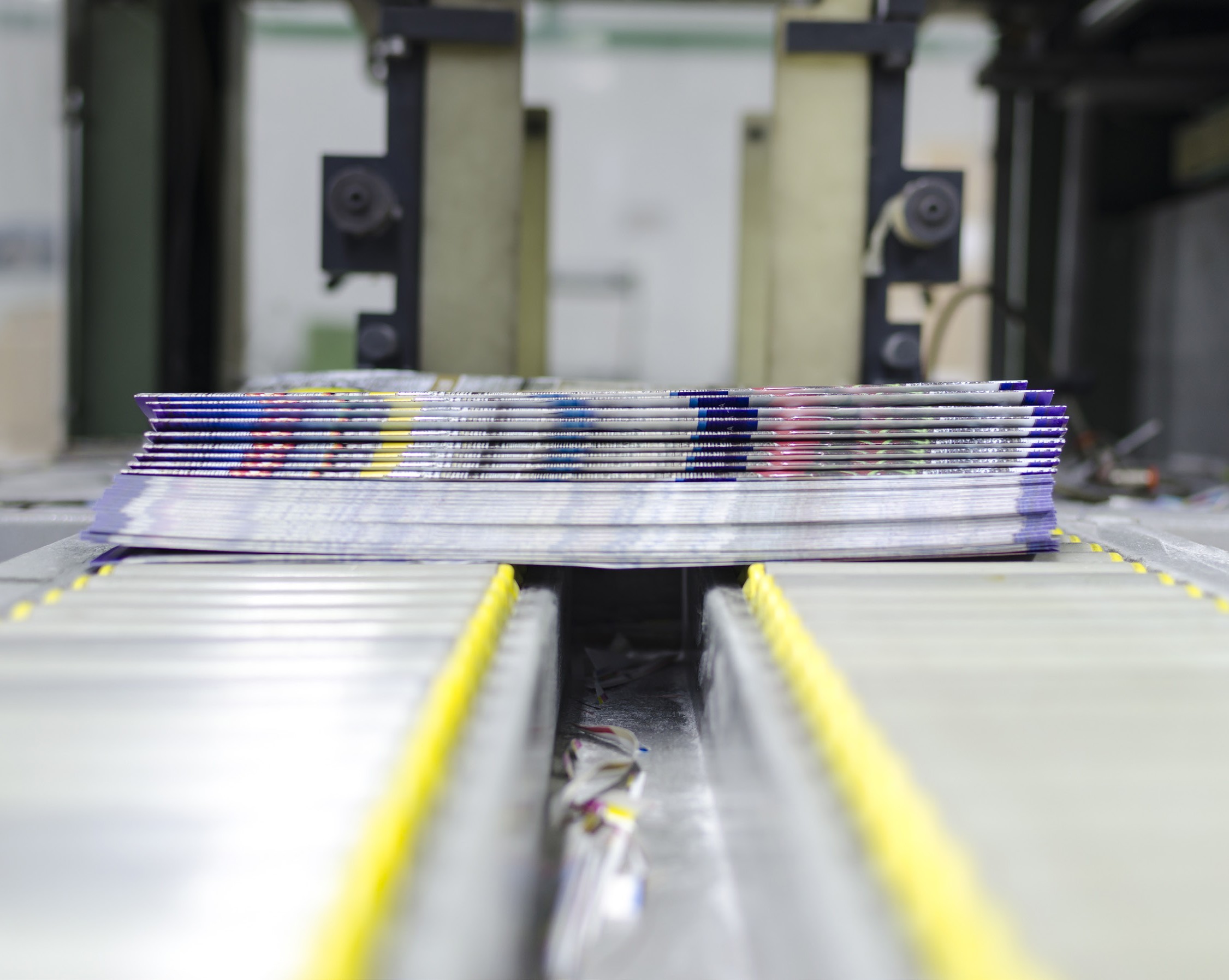Combined testimony demonstrating, or FDM 3D Printing is a technique for adding substances where layers of materials are melded together, for example, to make an item. The material is typically dissolved simply past its glass
Combined testimony demonstrating, or FDM 3D Printing is a technique for adding substances where layers of materials are melded together, for example, to make an item. The material is typically dissolved simply past its glass transition temperature and then expelled in an example, close to or on top of previous expulsions, layer by layer, to create an item.
A regular fdm 3d printer takes a plastic fiber and barely gets it through a hot end, dissolving it and then saving it in layers on the print bed.
Merits and demerits
Maybe the most engaging element of FDM 3D printing is its flexibility: it can be scaled to any measure without much of a stretch. This is because the vital interest for the size of a structure locale is the improvement of every gantry — protract the gantry rails, and the structure district will develop.
One of the most frequently referred disadvantages of FDM 3D printing is part quality or detail. Since the material should be expelled in layers and has a specific thickness predefined by the spout, high-detail prints are challenging to accomplish and frequently require lots of post-handling to gain an expert, completed look.
What are the print boundaries for FDM 3D printers?
Most FDM frameworks permit you to change few-cycle boundaries. These incorporate the spout and assemble stage temperatures, fabricate speed, layer level, and cooling fan speed. Assuming you’re a planner, you typically don’t need to stress over these changes, as an AM administrator most likely takes care of that.
